String your tennis racket
Have you broken the strings and need your racket fixed quickly? We have got you covered. Restringing your tennis racket with us will get you back on the tennis court fast.
We use strings from Babolat, Head, Luxilon, Volkl and many other brands. Choosing the right strings means performing at your best.
Choose stringing options below.
Racket stringing
There are usually three reasons why you would want to put new strings on your racket:
- You got a new tennis racket and it came without strings
- You broke your strings while playing tennis
- Your racket has lost string tension over time
If you had your racket strung a long time ago there is a good chance the strings have lost their tension even without using the racket to play. This is called a "static effect" which means that when you re-open your tennis bag to hit the ball after a long break, your strings are naturally loosened. You will start noticing funny sensations when hitting the ball, such as feeling more vibration on the impact, more elasticity, less control of the ball and more power coming off your racket. It is time to tighten the string again in order to get your good sensations back and to avoid tiring your arm.
Below is the list of brands along with the prices of one restringing service including the strings. You are free to bring your own strings and choose the stringing service only for 9€ per racket.
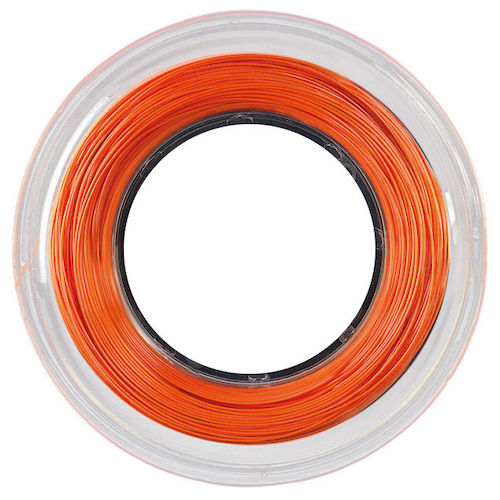
Generic brand
18€150€ (pack of 10)
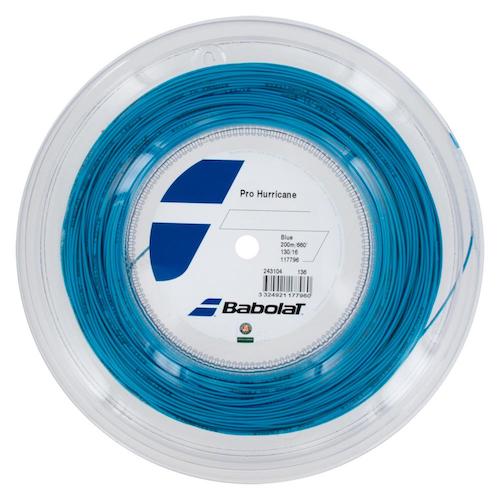
Babolat Pro Hurricane
20€90€ (pack of 5)
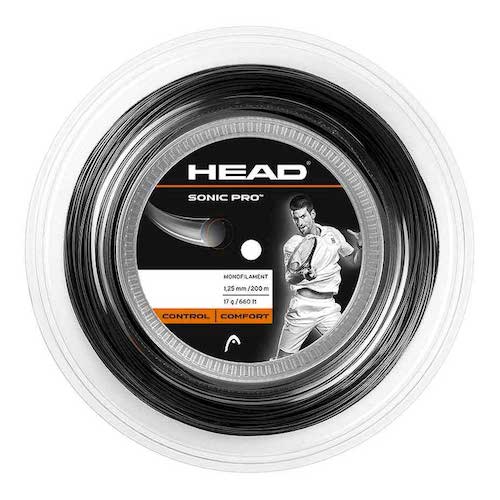
Head Sonic Pro
20€90€ (pack of 5)
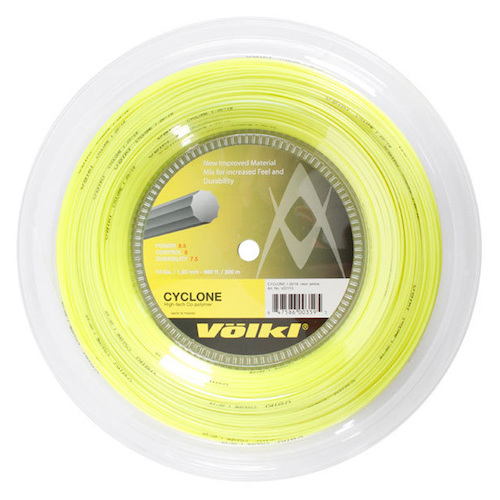
Volkl Cyclone
22€105€ (pack of 5)
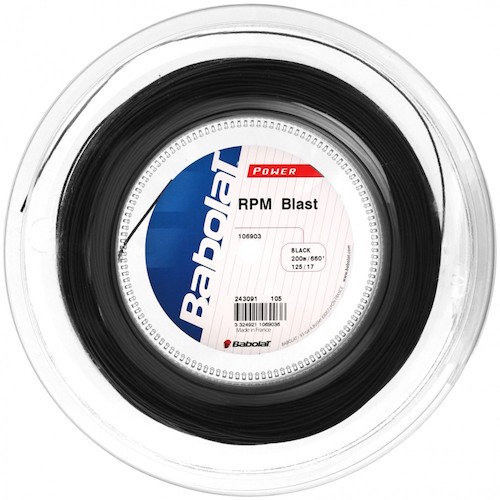
Babolat RPM Blast
24€115€ (pack of 5)
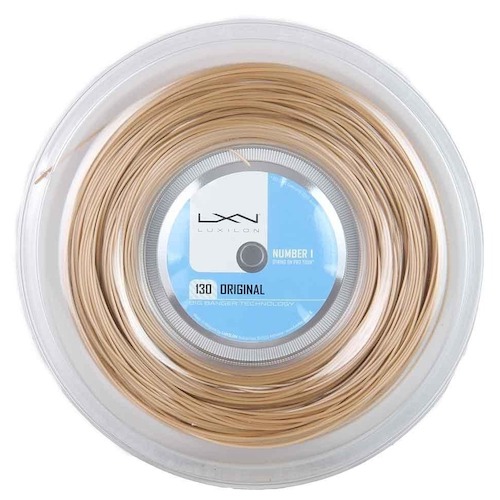
Luxilon Original
30€145€ (pack of 5)
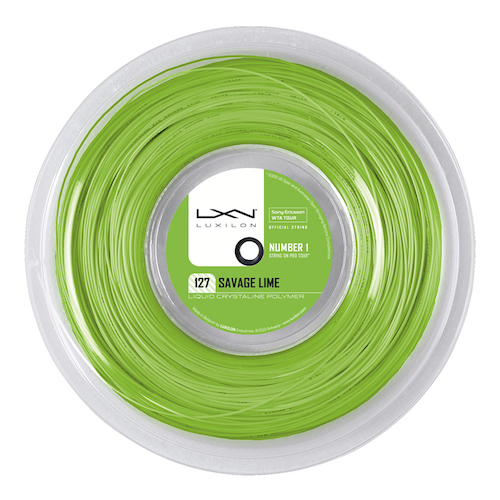
Luxilon Savage Lime
30€145€ (pack of 5)
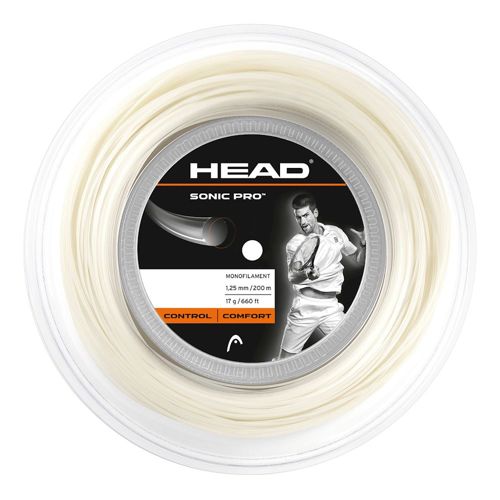
Your own strings
9€80€ (pack of 10)
Selecting string type
Beginning players should not worry too much about the string type in their racket as we would suggest the one with a standard ratio for durability and playability and medium thickness. Intermediate and advanced players, on the other hand, should try out different string types to see which one would give them the best sensations in terms of spin, comfort, softness, elasticity, resilience, etc.
Here are a few general guidelines to make your string selection easier:
- String gauge (thickness)
- Thinner strings offer improved playability while thicker strings offer enhanced durability.
- Thinner strings provide more spin potential by allowing the strings to embed into the ball more.
- Our strings are mostly in the 120mm to 133mm range, where 120mm would be considered thin and comfort and 133mm more durable but still quite elastic.
- String material
- There are four main materials that are used to make strings: nylon (synthetic gut), natural gut, polyester, and kevlar.
- Synthetic gut strings provide a good combination of playability and durability and they are very common among amateur tennis players and suitable for beginners.
- Natural gut strings offer maximum feel, playability and control; however, they are the most expensive type of strings.
- Polyester strings are very durable and popular among professional tennis players. 100% polyester strings are not recommended for beginning players or players with arm injuries.
- Kevlar strings are the most durable strings available. Because of their stiffness they are usually combined with nylon, but even kevlar hybrids are the least powerful and comfortable strings.
- Most of our strings are either synthetic gut, polyester or hybrids of both.
- String construction
- Strings can be constructed in many ways such as with solid core and outer wraps, multifilament, multicore, textured, composites, monofilament and others. Each one has their own performance benefits.
- Our strings are mostly monofilament.
Choosing string tension
Now that you have selected which strings you want in your racket, next step is to choose a string tension. Here are some specific guidelines for choosing a string tension:
- Generally speaking, lower tension provides more power and tighter tension provides more control. However, it also depends on the player's level of play whether they need lower or higher tensions.
- A beginning player would typically play better with lower tensions as they rather need a soft, forgiving stringbed for off-center hits. Advanced players, on the other hand, are usually strong, swing fast and hit hard so they might benefit more from tighter tensions for more control over unforced errors and long balls.
- Moreover, spin potential is enhanced with higher tensions, which provides even more control for topspin and slice players.
- For players with regular arm pain or elbow injuries, lower tensions result in a softer stringbed, larger sweetspot and more comfort of play, therefore reducing the amount of shock and vibration transmitted to the hand and elbow.
- Lower tension also increases the durability of the string and tighter tension reduces it.
What string tension should you put when you play on clay?
On clay courts, the ball is ruffled by absorbing the dust and therefore it is heavier. This means that the game is slower than on other surfaces and the player might have the impression that they need to make considerable efforts to get the ball out of the racket, make a winning shot or find length. This is the reason why you should adjust the tension by decreasing it by 1 or 2 kg in order to compensate for the heaviness of the ball when you play on clay.
If you are unsure which string tension you should play with, we recommend to start at mid-range tensions, between 23 and 27 kg, and make any adjustments from there. Go and test different tensions to find the perfect ratio for power and control and combination of comfort and durability.
Racket accessories

Grip
7€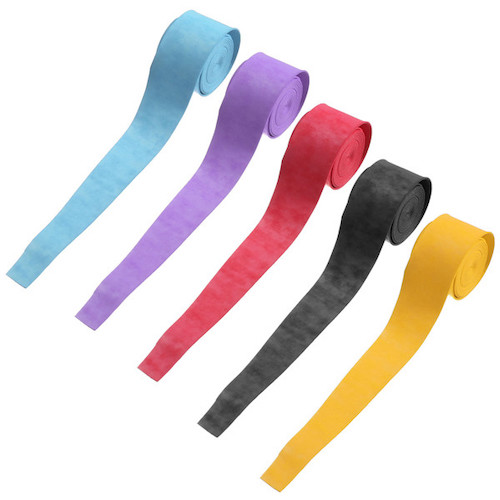
Overgrip
2€
Dumpener
1€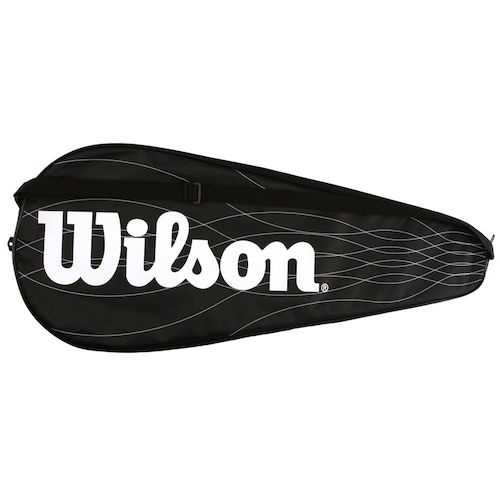
Cover
10€Racket personalization
We offer services of racket personalization including adding weight to your racket, changing the size of the grip, protecting the frame, changing string pattern and other.
